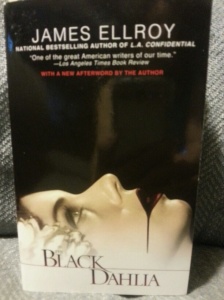
Back in January of 2010, I made a New Year’s resolution some of you may remember: to read every book Donald Maass used as an example in his The Fire in Fiction. All this time, and I’m just now hitting chapter two. Couple of reasons for that: (1) Maass uses a lot of books, and (2) with everything else I have to read, this resolution is low on my priority list.
But I’m still determined. This may be a bucket list kinda thing. Something I’m gonna finish before I die.
Chapter Two is about creating Characters Who Matter, and the first segment is “special characters.” Maass admits that “making a character uniquely special to all readers is pretty much impossible,” but the author can “make momentous the effect one character has upon another.” The first book he uses to illustrate this point is The Black Dahlia by James Ellroy.
In the opening paragraph of the book, Bucky Bleichert, a Warrants Squad cop in Los Angeles, says, “I never knew her in life. She exists for me through others, in evidence of the ways her death drove them.” He explains that she was a “could-have-been” who died a brutal death, and he wished he could’ve “granted her an anonymous end,” but then, he says, “she wouldn’t have wanted it that way.”
As brutal as the facts were, she would’ve wanted all of them known. And since I owe her a great deal and am the only one who does know the entire story, I have undertaken the writing of this memoir.
He had never met her, and yet he had become obsessed with her. He knew her well enough to know what she would and would not have wanted. And he felt like he owed her “a great deal.” Whatever he had discovered had an impact on him; the Black Dahlia was special to him.
The opening paragraph beautifully illustrates his relationship with a woman who was dead when he met her. Problem is, I’m on page 54, and she hasn’t been mentioned again.
The copyright on this book is 1987, and I don’t know if long intros and character development was the thing then or not. I simply don’t remember–and besides, I wouldn’t have noticed, since I wasn’t writing heavily then and wouldn’t know a right way from a wrong way if you pointed it out to me.
But the long intro and character development of both Bucky and his sidekick, Lee Blanchard, have been fascinating, which sets them apart from the long descriptive prose of early American novels.
I’ve learned a few things by reading Ellroy’s work:
1. Jargon is a setting setter.
Ellroy’s characters are 1940s Los Angeles cops, so we have a double-lingo thing going on–the language of the era, and the language of a specialized brotherhood of men in blue. The two main characters, Bucky and Lee, are former boxers, so we add some terms from the world of pugilism to really amp up the language. And since the cops are dealing with LA’s worst, the language isn’t sanitized.
2. Characterization can be developed up front with a tight weave of backstory and story present.
And I do mean tight. This isn’t page after page exclusively of backstory about the two main characters, although the entire thing is backstory leading up to the discovery of the Dahlia’s slain body. This weave of past and present is 800-count Egyptian cotton. Tight, and smooth as satin.
Perhaps it’s because the rest of the book will be dedicated to the Dahlia’s murder that Ellroy had to develop Bucky’s and Lee’s characters up front and quickly. But the time Ellroy spent on his weaving has developed more intricate personalities than what I’ve found in most murder mysteries where characterization is presented a tidbit at a time through hinted backstory. Is this technique acceptable in today’s writing? I don’t think so. But we’ve lost a lot of depth by banning it.
3. Creating similes that matter deepens and enhances characterization.
The paragraph starts like this:
You come off a winning fight. Sweat-drenched, tasting blood, high as the stars, still wanting to go. The handbooks that made money on you send you a girl.
The next paragraph ends like this:
I didn’t have a woman because sex tasted like blood and resin and suture scrub to me.
I’ve only seen this magical use of simile once before in Lisa Gardner’s The Survivors Club. She presented a character whose husband was gone the night she was brutally raped. Afterward, the husband felt guilty and would always bring her flowers and take-out from her favorite restaurants. “Guilt, she decided, smelled like red roses and veal piccata.”
I read that book three years ago, and that line still hangs in my memory.
Ellroy may be taking his own sweet time getting to the point of his book, but I’m enjoying the lessons he’s presenting. There’s a big ol’ caveat here: This book is sooo not for the sensitive. I don’t know if I’ll be able to finish it because of language and content, so I certainly can’t recommend it to more gentle readers.

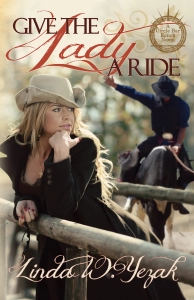
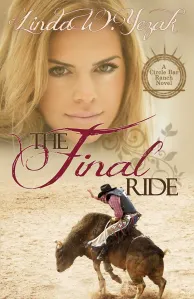



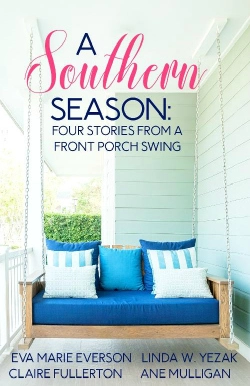
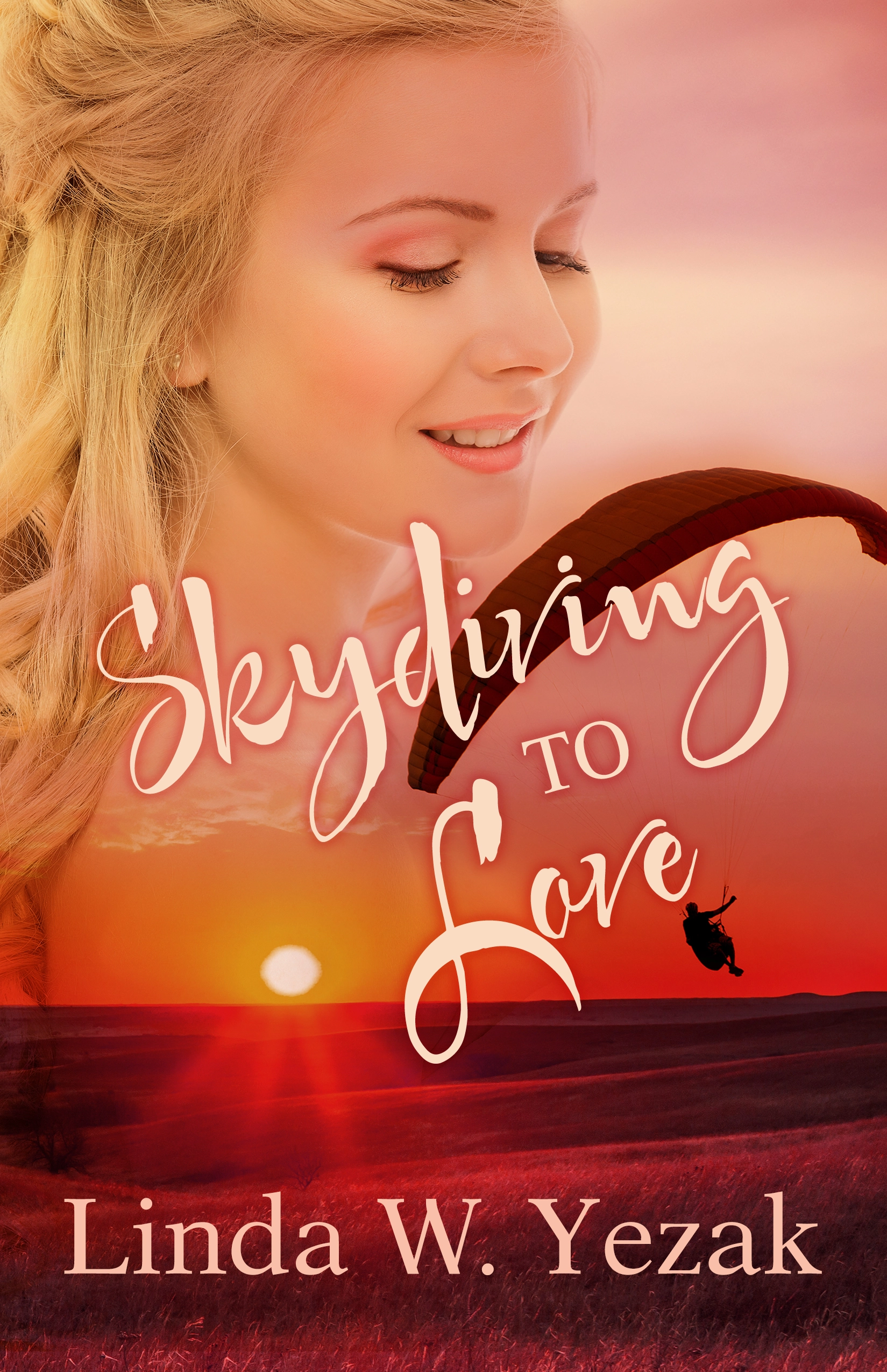
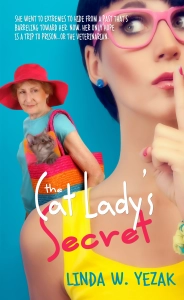






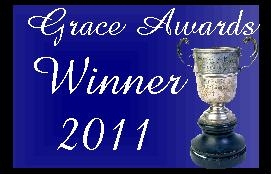


The cover on this one has always freaked me out. :p
LikeLike
Yeah–not too crazy about it.
LikeLike
Interesting points. I’ve seen the movie, and can only imagine what the book is like. Not one I care to revisit, however, it does sound like you are extracting some great writing gems. I love both the similes you highlighted. Powerful. Thank you, Linda for sharing.
LikeLike
Those similes impress me. They’re designed specifically for the characters’ experiences and dramatically illustrated how those experiences impacted them in a few words. I want to do that.
I sat down to the movie once, but I don’t remember it. Which either means it doesn’t compare to the book and wasn’t memorable, or I couldn’t handle it and didn’t finish watching it. Either could be true. I admit–reading the book isn’t easy. I guess I’ve led a sheltered life. Thank you, Lord!
LikeLike
I remember only parts of the movie. It does not show the better side of humanity. I wish I had led a more sheltered life, (had an abusive husband). Even so, stories like this one are disturbing. I don’t like re-living my nightmare let alone anyone else’s, thank you. Did you know it is based on a true story? I’ve seen the documentary. Gruesome and disturbing. There are some really sick people out there. I too want to write like that. Wow.
LikeLike
Hate to hear that anything ugly ever touched you. Makes me want to cry. How blessed I am to know you!!!
LikeLike
I am the one blessed, Linda. And as far as that ugly time? God was there in amazing ways. 🙂
LikeLike